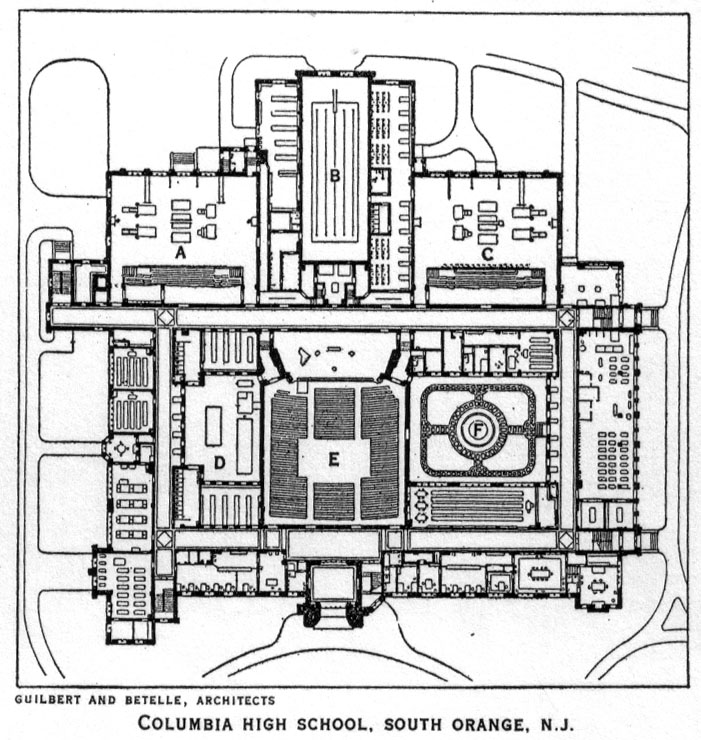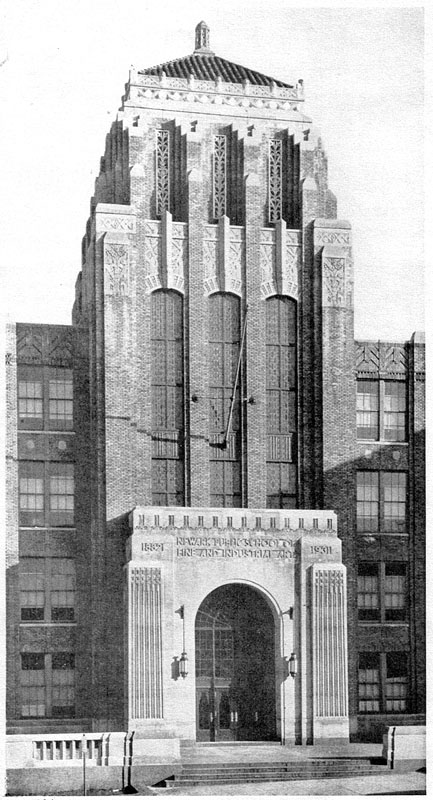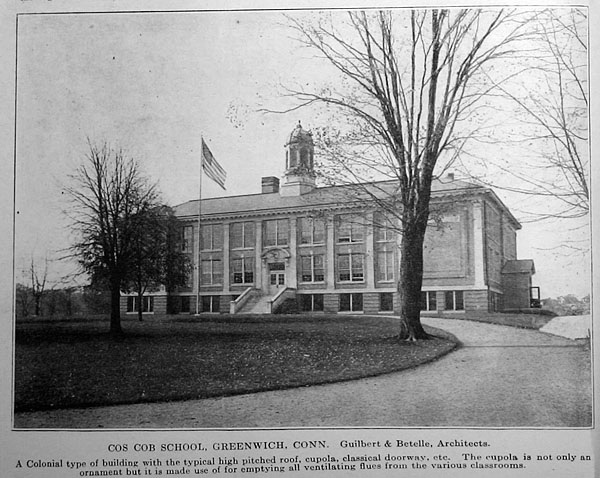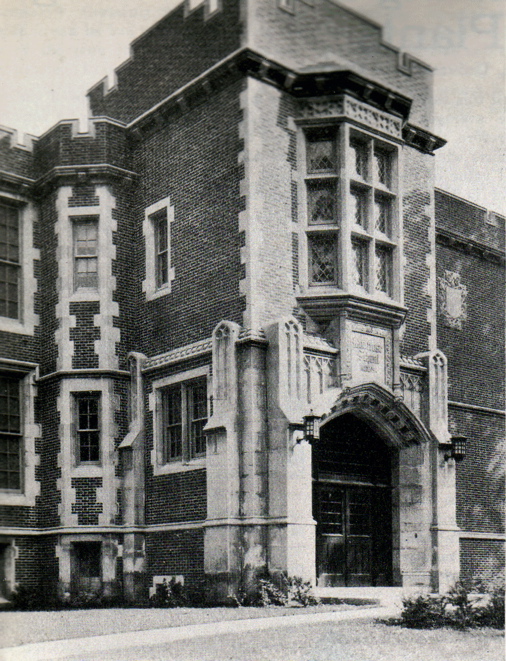These are the two obituaries I found for Betelle at the Newark Public Library. The first is from The Newark Evening News from June 5th, 1954. This was a Sunday, which establishes Betelle’s death as Thursday, June 3rd (whether that is the local or Italian date is unknown). The second obit (source unclear) is almost identical to the first, but does give one new bit of information: it confirms that Betelle was buried in Florence.
JAMES O. BETELLE, 75
Retired Newark Architect, Specialist in School Buildings,
Dies in Florence, Italy
The Newark Evening News, June 5, 1954
James O. Betelle, retired Newark architect who rose from a $2-a-week clerk in an architect’s office to become one of the country’s outstanding designers of educational buildings, died Thursday in Florence, Italy. Mr. Betelle, who was 75, had been suffering from a heart ailment.
Mr. Betelle, who formerly lived in Short Hills, had spent much of his time traveling in recent years. He went to Italy earlier this Spring.




